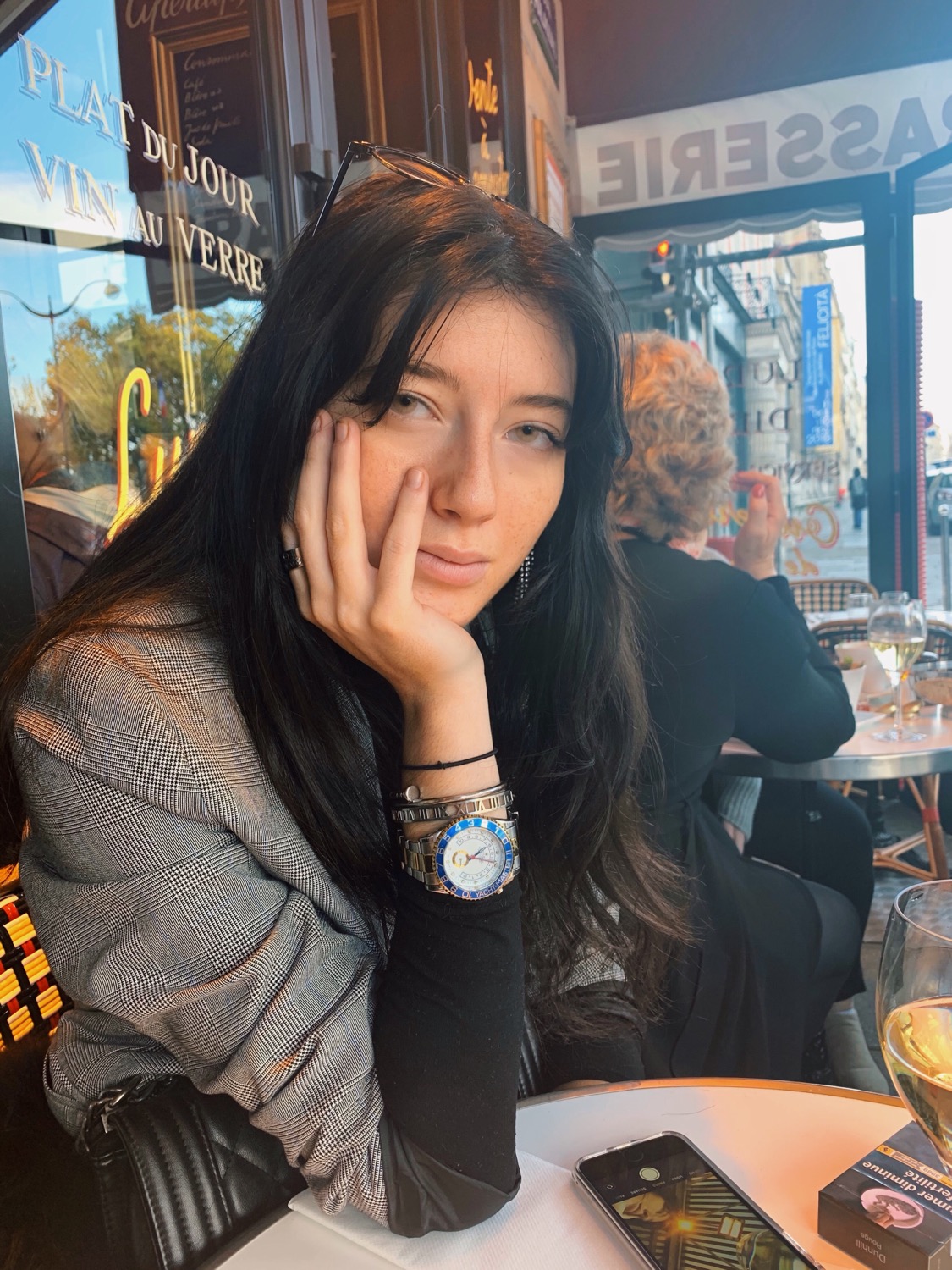THE ODD COUPLING OF BILL VIOLA & MICHELANGELO
- Victoria Comstock-Kershaw
- Feb 4, 2019
- 3 min read
Updated: Dec 8, 2019

If I asked you to picture a Michelangelo piece right now, I doubt that you would struggle: from the Sistine Chapel to the statue of David, Michelangelo's works have been engrained into the artistic psyche of the Western world for centuries. The same, however, can not be said for the works of American video artist Bill Viola, and it is in the the pairing of these two artists where the Royal Academy's latest exhibit, Bill Viola Michelangelo: Life Death Rebirth lies.
The first room sets the tone for the rest of the exhibit, and provides the explanation for the odd pairing: on one wall, the voyeuristic Nantes Triptych (1992), in which we watch a floating figure in between a video of a young woman giving birth and a video of an old woman dying (Viola's own mother, according to this) - on the opposite one, three original Michelangelo works, including the fresco Taddei Tondo (1504-05) and the sketch The Lamentation over the Dead Christ (1540). Okay, sure, you may think, there's an overarching theme of motherhood and death here. But that's about it. The mediums don't contrast rather as much as they clash, the themes aren't quite strong enough to justify the differences. Don't get me wrong: both sides of the room are vastly impressive. The triptych is beautiful - if a little on the nose - and the fresco is pure Renaissance marble elegance. But they simply don't feel like they belong together.

There are some impressive pieces, despite the lack of coherence. Man Searching for Immortality/Woman Searching for Eternity (2013) is the pinnacle of Viola's work: a hypnotic projection of a man and woman slowly exploring their naked bodies with torchlights, as if searching for a connection between the light and their skin. Viola's use of video is slightly hit-or-miss. He is aware and proud of the role that the passing of time plays in his work - time is to the consciousness what light is to the human eye - but that doesn't stop some of his works from being, simply put, too long to be interesting. Where Slowly Turning Narrative succeeds with its rotating mirror and multiple projections, works like The Sleep of Reason or The Reflecting Pool fails with their too-long runtimes or awkward pauses in action. These are not reasons to dismiss the pieces, but when you are faced with standing in front of a screen for fifteen minutes or moving on to see a Michelangelo original sketch, one tends to choose the latter.

It's always worth being skeptical when an exhibit opens with "X, the X of his time". I am of the opinion that if an artist is forced to find merit in comparison, then most likely there is little merit in their own stuff. It is particularly cliche to compare an artist to a Renaissance Master - there are already countless articles and think pieces asking who 'the Da Vinci of our time' is, or claiming that the latest underground artist is 'the Donatello of East London' - and yet, it is one of the first claims that we are presented with as we are ushered into the dimly-lit and early muffled silence of the RA's exhibit chambers. The connection is strenuous and superfluous at best: both artists explore life, death, and the cycle that encapsulates it, but I can think of thousands of other artists that do the same.

The exhibit is well crafted, but it's hard to get into either of the artists works when the audience is so clearly being pushed to make connections between them. Viola's work is often very good, and Michelangelo's sketches are just as impressive as you would think, but one distracts like the other, and we find our attention being yanked around by the vastly contrasting mediums and messages. Unfortunately, the themes of life, death and rebirth unfortunately aren't quite enough to justify the odd pairing, and one can't help but feel that each artist would have benefited far more from having their pieces assigned their own individual exhibit.
Bill Viola Michelangelo: Life Death Rebirth is on at the Royal Academy of Arts until the 31rst of March 2019. Tickets start at £15.




